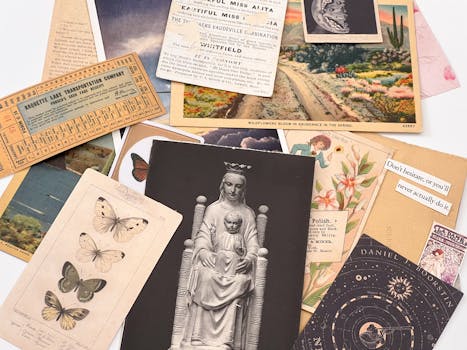Ancient Tomb Discovery: Mysterious Artifacts Found in Egypt
The discovery of ancient tombs in Egypt has long captivated historians, archaeologists, and the general public alike. Recently, a significant find in the Valley of the Kings has unveiled a trove of mysterious artifacts that promise to shed light on the lives and beliefs of the ancient Egyptians. This article delves into the details of this remarkable discovery, the artifacts unearthed, and their implications for our understanding of ancient Egyptian civilization.
The Discovery: A Glimpse into the Past
In early 2023, a team of archaeologists from the Egyptian Ministry of Antiquities announced the discovery of a previously unknown tomb in the Valley of the Kings, a site renowned for its royal burials. The tomb, designated KV65, is believed to date back to the 18th Dynasty, around 1550-1295 BCE, a period marked by significant cultural and political advancements in ancient Egypt.
Initial excavations revealed a well-preserved burial chamber adorned with intricate wall paintings depicting scenes of daily life, religious rituals, and offerings to the gods. The tomb’s layout and artifacts suggest it belonged to a high-ranking official, possibly a vizier or a member of the royal family.
Mysterious Artifacts Unearthed
Among the most intriguing finds within KV65 were several artifacts that have sparked considerable interest among scholars and enthusiasts. These artifacts include:
- Canopic Jars: Four beautifully crafted jars, each representing one of the four sons of Horus, were found intact. These jars were used to store the internal organs of the deceased, a common practice in ancient Egyptian mummification.
- Jewelry: A collection of gold and semi-precious stone jewelry was discovered, including necklaces, bracelets, and rings. The craftsmanship reflects the high status of the tomb’s occupant.
- Funerary Masks: A stunning funerary mask made of gilded wood was found, depicting the face of the deceased. Such masks were believed to protect the soul in the afterlife.
- Inscribed Stelae: Several stone stelae inscribed with hieroglyphics were uncovered, providing insights into the beliefs and practices surrounding death and the afterlife during the 18th Dynasty.
Significance of the Findings
The artifacts found in KV65 are not only remarkable for their craftsmanship but also for what they reveal about ancient Egyptian society. The presence of high-quality jewelry and elaborate burial goods indicates the wealth and status of the individual buried within the tomb. Furthermore, the inscriptions on the stelae offer valuable information about the religious beliefs and funerary practices of the time.
For instance, the canopic jars provide insight into the mummification process, which was crucial for ensuring a safe passage to the afterlife. The jars’ design and materials can help researchers understand the evolution of burial practices over time.
Case Studies: Previous Tomb Discoveries
This discovery is not an isolated event; it follows a series of significant archaeological finds in Egypt that have reshaped our understanding of ancient civilization. Notable examples include:
- Tutankhamun’s Tomb (1922): Discovered by Howard Carter, this tomb contained a wealth of artifacts, including the famous golden mask, which has become a symbol of ancient Egypt.
- KV62 (King Tut’s Tomb): The discovery of this tomb revealed the opulence of royal burials and provided insights into the life and death of one of Egypt’s most famous pharaohs.
- The Tomb of Nefertari (1986): This tomb, belonging to the wife of Ramses II, showcased exquisite wall paintings and artifacts, highlighting the role of women in ancient Egyptian society.
Conclusion: Unraveling the Mysteries of Ancient Egypt
The recent discovery of the tomb KV65 and its accompanying artifacts marks a significant milestone in the field of Egyptology. As researchers continue to analyze the findings, they will undoubtedly uncover more about the beliefs, practices, and daily lives of ancient Egyptians. Each artifact tells a story, contributing to the rich tapestry of history that defines this ancient civilization.
In summary, the KV65 discovery not only enhances our understanding of ancient Egyptian burial practices but also emphasizes the importance of ongoing archaeological efforts in Egypt. As we continue to unearth the past, we gain invaluable insights into the complexities of human civilization and the enduring legacy of ancient cultures.
